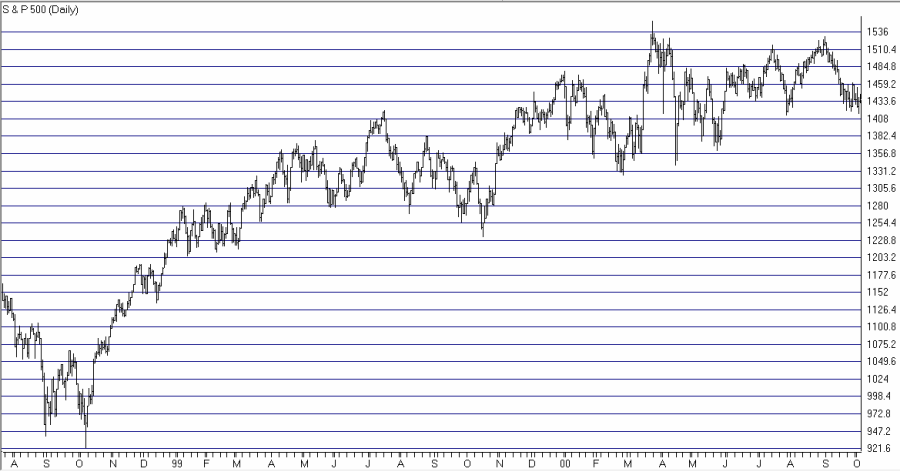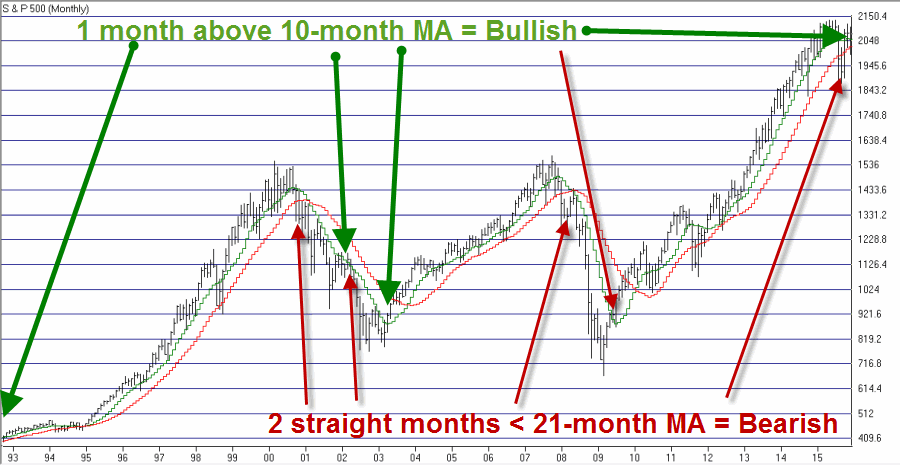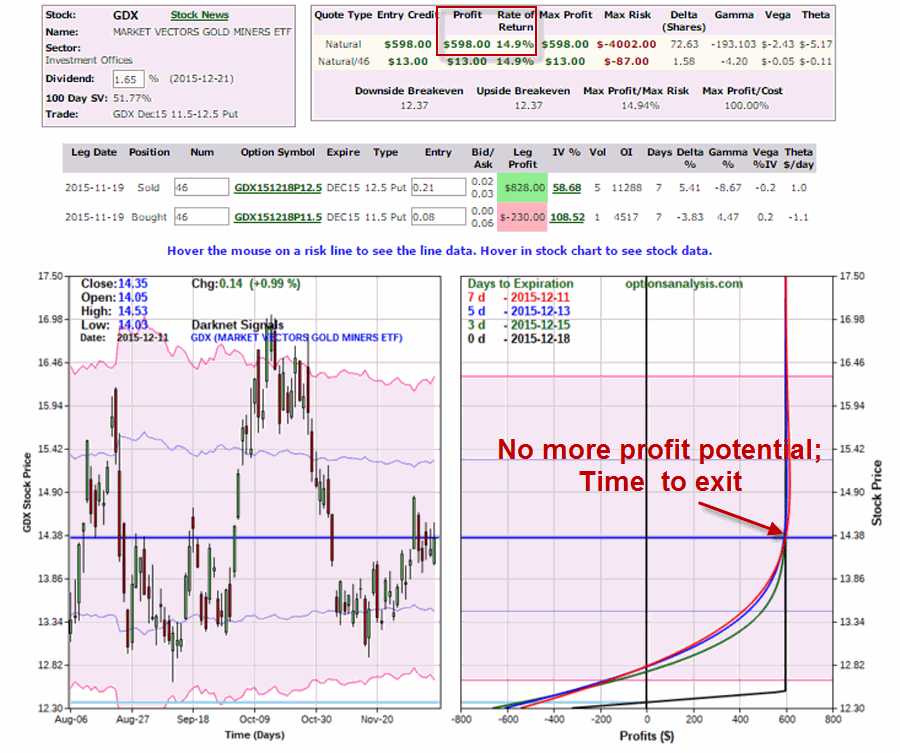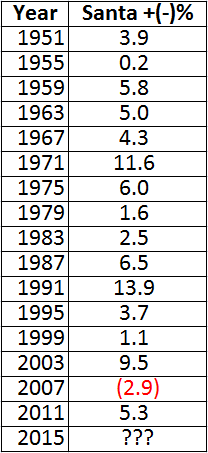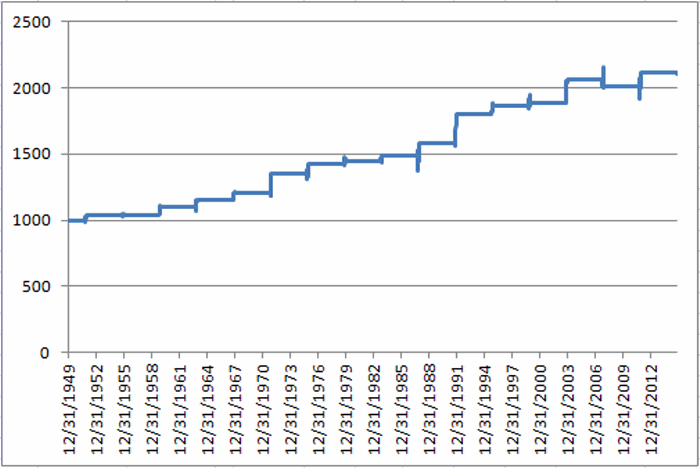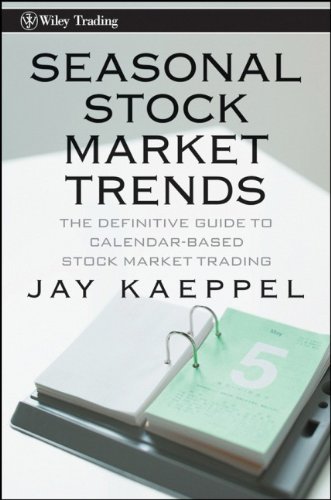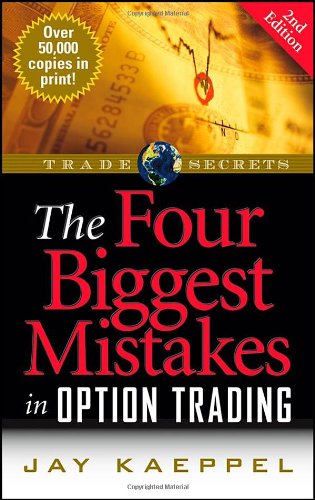In “The World is an Ugly Place Right Now” I noted that in every region of the world local stock markets look awful. In essence, the only stock market that was holding up at all was the U.S. market. This implies the potential for one of two scenarios to play out from here. Before we get to that let’s take a closer look at the “US vs. The World”
SPX vs. the World (Index)
Figure 1 displays the S&P 500 Index. Figure 2 displays a “World Index” of ETF’s that I created for my own use in AIQ TradingExpert (the 34 tickers that comprise the index are listed at the end of this article.
The key thing to note here is at the bottom of Figure 2, which displays the relative strength for the World Index versus the S&P 500 Index. As you can see from a close look, this line has been trending lower since the top in 2007. This tells us that the S&P 500 Index has been outperforming the rest of the world consistently and for a long time.
Why you might ask? A million and one reasons could be posited but for my money the key influencer was quantitative easing by the Fed (for evidence of the direct correlation between quantitative easing and SPX performance please see the two charts in this article).
Now that the Fed has signaled a willingness to be less accommodating what might happen? Let’s get back to two possible scenarios I hinted at earlier
Two Potential Scenarios Going Forward
#1. The S&P 500 Index proves to be the “world leader”, rebounds and breaks out to a new high. Stock markets around the globe – many already seriously oversold, also rebound and follow the lead of the S&P 500 Index and launch new bull markets.
#2. The S&P 500 Index – without the benefit of the Fed pumping billions of dollars into the financial system – falls in line with virtually every other country stock market index and heads lower.
Which scenario will it be? At this point, I have to go with the old adage:
“Hope for the best, prepare for the worst”
Jay Kaeppel
Appendix: ETFs in Jay’s World Index
ECH – Chile; EWC – Canada; EWW – Mexico; EWZ – Brazil; IYY – USA
EPI – India; EWA – Australia; EWH – Hong Kong; EWJ – Japan; EWM – Malaysia; EWT – Taiwan; EWY – South Korea; FXI – China; IDX – Indonesia; RSX – Russia; THD – Thailand; VNM – Viet Nam
ECD – Sweden; EWG – Germany; EWI – Italy; EWK – Belgium; EWL – Switzerland; EWN – Netherlands; EWO – Austria; EWP – Spain; EWQ – France; EWU – United Kingdom; VGK – Vanguard European VIPER
EGPT – Egypt; ESI – Israel; EZA – South Africa; TUR – Turkey;



